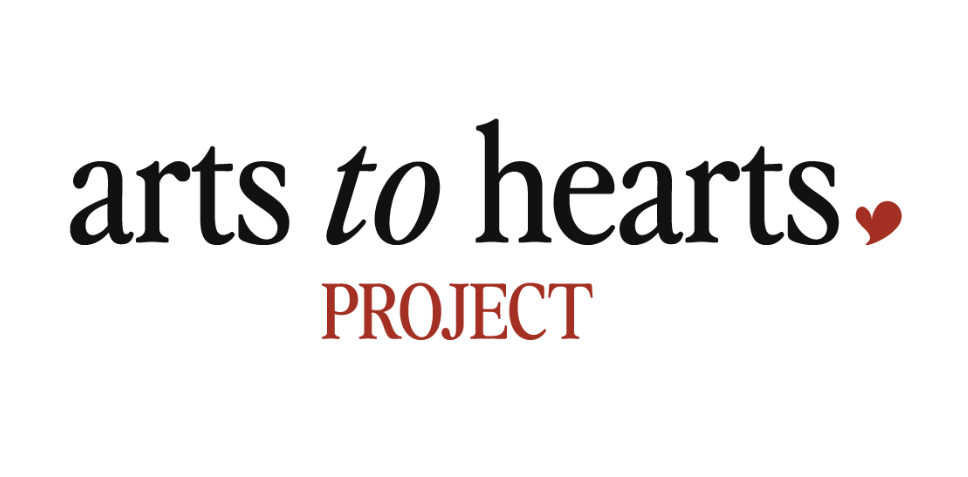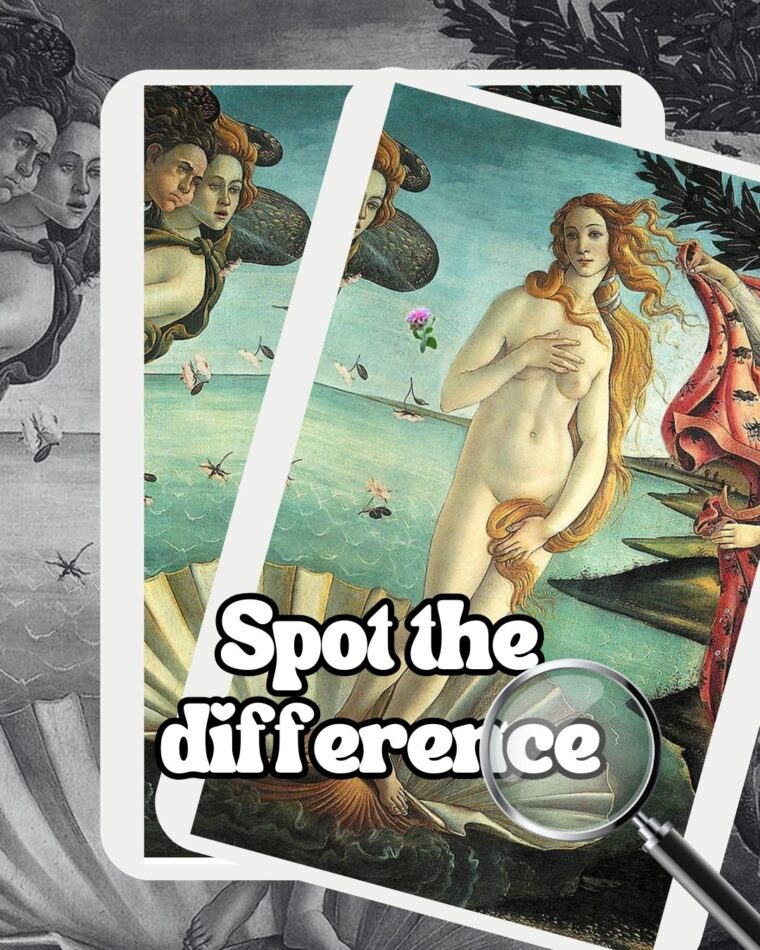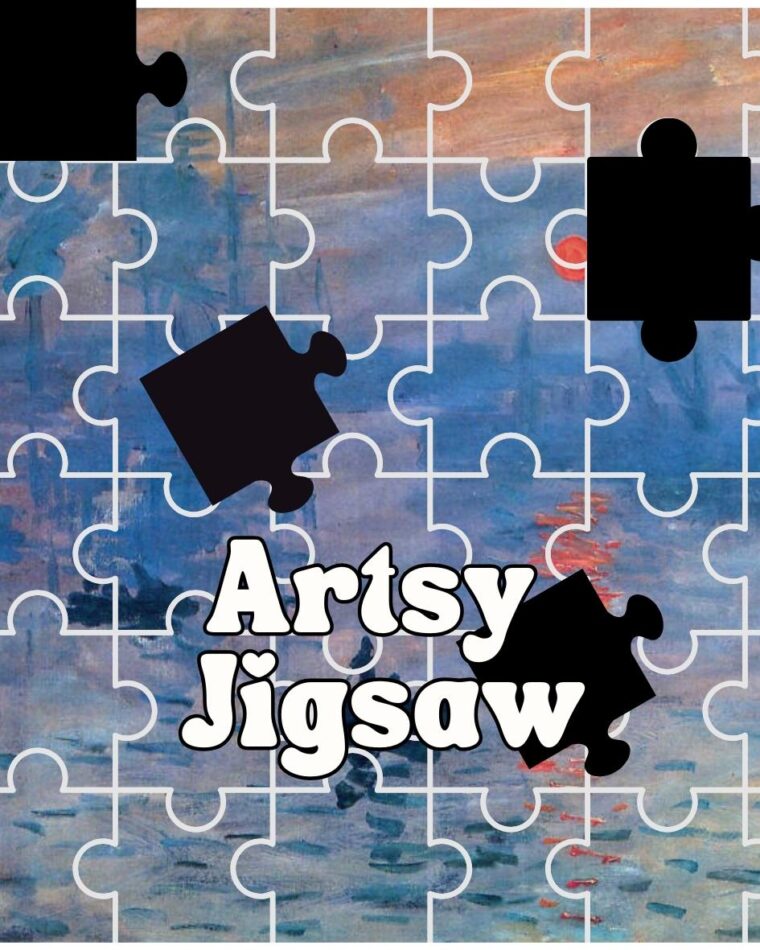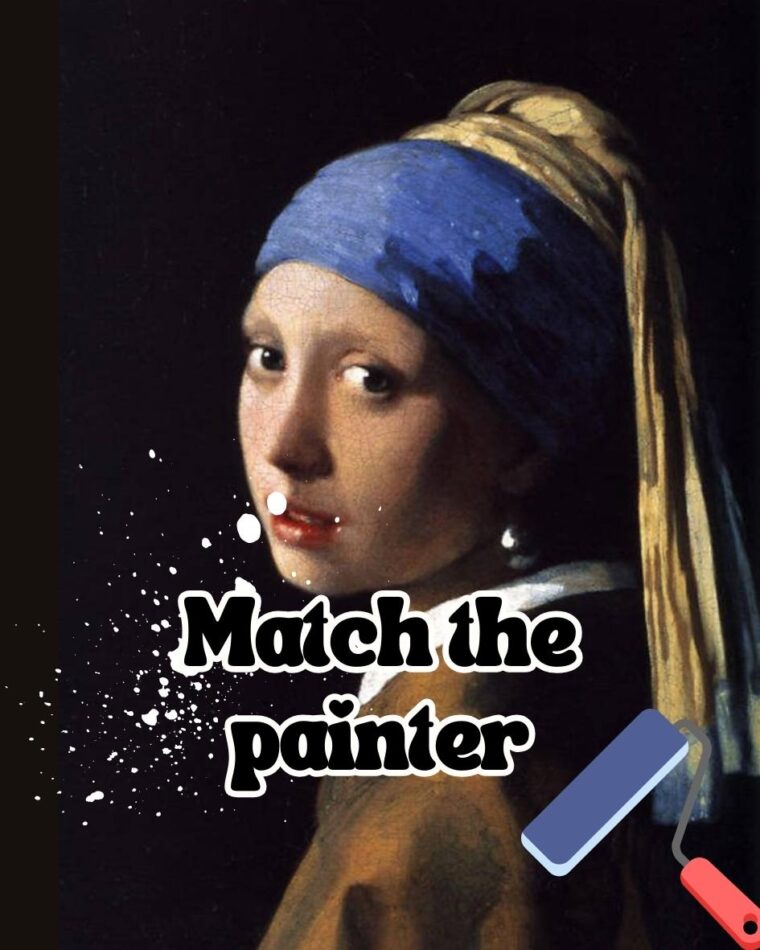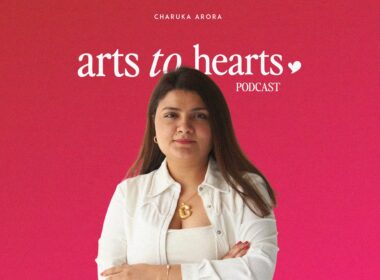
The Art of Setting Financial Goals as an Artist


Let’s start with something real: most artists don’t get into this field thinking, “I want to be a spreadsheet expert.” You want to make. You want to express. You want to be seen, heard, and felt. But the truth is, if you want longevity and true freedom in your creative life, you need to master the financial side, or at least stop avoiding it.

Here’s the good news: you don’t need a finance degree to take control of your money as an artist. You just need clear Financial Goals, simple systems, and the willingness to shift how you think about your income, expenses, and growth.
Let’s talk about how to set financial goals that don’t feel like punishment, but instead feel empowering.
Step 1: Shift Your Mindset – Be the CEO of Your Creative Career
Most artists think: “I just want to make.” But there’s a shift that makes all the difference for Financial Goals: seeing yourself as both creator and entrepreneur. Not selling out, selling forward.
Why Mindset Matters:
- A Creative Independent survey in 2022 found that 60% of artists juggle multiple jobs, from teaching to freelance gigs, to sustain their livelihood.
- Only about 20% make a living solely from art, meaning the rest depend on open calls, commissions, side-hustles, even unrelated part-time work.
The result? It can feel unstable. But if you tweak your mindset—seeing financial planning not as drudgery but as fuel for creation, you’ll feel more empowered, not trapped.
A Mental Shift To Try Today:
Instead of saying “I don’t want to think about money”, say “I’m investing in future Financial Goals creative freedom.” When you frame it like that, filling out a budget becomes a step toward bigger artistic dreams, not a compromise.
Step 2: Create Real Financial Goals, On Your Own Terms
General Financial Goals like “make more money” tend to feel vague and unmotivating. It’s time to get specific, three tiers deep:
1. Survival Financial Goals
This is your base: rent, food, utilities, transport. Strip glamour away—the Financial goal is simple math.
Example:
- Rent & utilities: $800
- Food: $300
- Transport: $150
- Basic supplies & healthcare buffer: $250
Survival Financial Goal: $1,500/month
This is your floor, the baseline you need to invest in your creative energy without stress.
2. Stability Financial Goals
Now add in comfort: decent tools, software, travel, buffer for mistakes, maybe small savings.

Example:
- Studio supplies & prints: $300
- Digital services (website, software): $100
- Healthcare/savings buffer: $200
- Marketing/promotion: $200
Stability Financial Goal: $2,300/month
Hitting this Financial goal means you’re not just surviving, you’re nurturing your practice.
3. Success Goals
Dream big. These are investments in your future, exhibits, residencies, assistants.
Example:
- Two artworks for a festival: $800
- Travel to an international residency: $600
- Hiring help for admin: $300
- Invoicing and accounting service: $200
Success Financial Goals: $3,900/month
This is where bigger moves and creative milestones happen. You give yourself permission to grow, not just coast.
Breaking It Down Creates Clarity:
- Survival keeps your lights on.
- Stability keeps your ideas flowing.
- Success moves your career forward.
Plus, when you see the numbers laid out, you can decide: “I want to aim for stability first, then slowly build toward success.” That’s real strategy, not wishful thinking.
Step 3: Diversify Income, Because Most Artists Don’t Rely on One Stream
Here’s a big reason many artists struggle financially: they rely on Uber‑creative luck alone. Instead, think like a business. Let’s look at the most diversified income model from a 2023 Art Business Institute study:
It identified five major income streams:
- Original art sales (galleries, commissions, studio visits)
- Prints or digital products (online marketplaces, downloadable art)
- Teaching & workshops (Zoom classes, local events)
- Commissions & brand partnerships
- Grants, awards, open calls (like Arts to Hearts, PhotoVogue, apexart)
How to apply this:

Make a mini Financial Goal for each stream towards your monthly target.
Example: Stability Tier ($2,300/month) could look like:
| Income Stream | Financial Goal/Month |
| Original art sales | $800 |
| Prints/digital products | $300 |
| Workshops/teaching | $500 |
| Brand collaborations or videos | $400 |
| Grants & open call awards | $300 |
| Total | $2,300 |
This method:
- Keeps money flowing from multiple sources
- Helps you adapt if one market slows
- Feels more manageable, you’re not betting on one big sale
Plus, aligning streams to your Financial goal gives actionable clarity: you might plan two workshops, launch a print line, enter a call, and complete a commission, all this month.
Step 4: Use the “Profit First” System, Artists’ Favourite Money Trick
This method from Mike Michalowicz isn’t just for small business owners, it WORKS for artists for Financial Goals who want to pay themselves and save.
What it looks like:
- Set up three bank accounts:
- Income Account
- Expenses Account
- Profit (Pay Yourself) Account
- Income Account
- Allocate every deposit from your Income Account:
- 50% → Pay Yourself (Income)
- 30% → Operating Expenses
- 20% → Profit/Savings/Growth
- 50% → Pay Yourself (Income)
Why it works:
- You always pay yourself first
- Limits spending on extras
- Builds emergency savings and funding for future projects
For creatives, it’s a mental switch: seeing income as value for your work, not just something to cover costs. It’s empowering.
Step 5: Track Progress & Celebrate Every Win
Ghosting finances is easy, but so is losing control. You don’t need Wall Street analytics; here’s a simple five‑minute setup:

- Use a tool: Notion, Google Sheets, or a paper planner
- Create columns:
- Date
- Income Stream
- Amount
- Target vs. Actual
- Notes (wins, challenges)
- Date
- End-of-month questions:
- Did I hit my Survival/ Stability/ Success Financial Goals?
- Which income streams are ahead?
- Which need more effort?
- Did I hit my Survival/ Stability/ Success Financial Goals?
- Reward yourself!
- Sold your first $800 painting? Coffee treat.
- Taught a full workshop? Celebrate with a sketchbook.
- Sold your first $800 painting? Coffee treat.
Small wins = big motivation. Tracking isn’t just about money, it’s your pulse as an artist.
Pro Tips to Level Up Your Financial Game
Let’s look at insider tricks that established artists swear by:
1. The 70% Rule for Pricing
Aim to price at 150–170% of your material/time costs.
If your bare cost is $200, sell it for ~$340. This margin builds your profit, covers taxes, and funds growth.
2. Invest in Tools That Save Time
Budget for tools, not just art supplies:
- Wave or QuickBooks Self-Employed for invoices
- Canva Pro for promo materials
- Asana/Trello for crystal-clear project management
Think of them as leverage, invest now, save hours later.
3. Block Time for Promotion
Artists who set 1 promo hour per week earn 2–3× more annually (CreativeBoom 2022). Use that hour to Financial Goals:
- Update social media
- Email gallery contacts
- Research open calls
- Plan collaborations
Scheduling builds consistency and income over time.
4. Join Artist-Focused Finance Communities
Learn from your peers:
- Artist’s Guide Community (Maria Brophy)
- Patreon Financial Circles
- #artistfinance chats on Instagram
Community = accountability. You’re not doing this alone.
How to Prepare for “Feast or Famine” Seasons
Being an artist often means riding financial waves—some months are abundant (“feast”), while others are lean (“famine”). This is totally normal in the creative world, but it can feel stressful if you’re not prepared.
Let’s unpack those phrases and explain how to stay balanced no matter what season you’re in:
Slow months? Shift focus to side gigs or print sales
What it means:
During a “famine” period, when original art sales or commissions slow down, you don’t have to just wait it out. Instead, pivot to smaller, consistent income sources.
Examples:
- Print sales: Turn popular artwork into affordable prints, postcards, or digital downloads. They’re easier to sell and reach more buyers.
- Side gigs: Teach an online workshop, freelance for a brand, or even do part-time creative work like graphic design or illustration.
Why it matters:
You’re still earning, even when big sales are slow. It keeps income flowing and gives you room to breathe creatively.
Busy months? Save a percentage for the lean times
What it means:
“Feast” months, when commissions, sales, or exhibitions pour in—can feel like a financial high. But instead of spending it all, set aside a portion for future slow periods.
Strategy:
Use the Profit First method:
- Put 20–30% of each payment into a savings or emergency fund.
- Label it something positive like “Artist Safety Net” or “Creative Buffer.”
Why it matters:
You’re smoothing out the rollercoaster. When a quiet month hits, you won’t panic—you’ve got cash saved from a successful season.
Exposure pay? Still tuck it into profit/savings, don’t spend instantly

What it means:
Sometimes you get paid in “exposure” (ugh) or a small stipend that barely covers your time. But even if it’s not huge money, treat it with respect.
What to do:
- Deposit the payment like any other for Financial Goals.
- Still follow your rule: save 20%, allocate 30% to supplies, and pay yourself from the rest.
- If it’s unpaid work, track the time and ask: Was this truly strategic? Did it lead to anything real?
Why it matters:
This trains your brain to treat your art like a business. You learn to value your time, and when real money comes in, you’ll already have strong habits.
Being able to adapt your income strategy, earning small when big isn’t possible, and saving big when abundance arrives, keeps your art career sustainable.
Just like nature, creativity has seasons:
- Winter = rest, planning, low income
- Spring = new opportunities, growth
- Summer = peak visibility, high income
- Autumn = reflection, slow-down
If you prepare for each, you won’t just “survive” the hard times, you’ll grow through them.
A Real Example: Monthly Routine for an Emerging Artist
Let’s walk through a typical month, with Financial Goals, systems, and tracking in place:
- Monthly goal: $2,300 (Stability Tier)
- Income plan:
- Original sales: $800
- Prints/digital: $300
- Workshops: $500
- Branding/commissions: $400
- Grants/open calls: $300
- Original sales: $800
- Allocation (Profit First):
- 50% → $1,150 (Pay yourself)
- 30% → $690 (Expenses)
- 20% → $460 (Savings/Projects)
- 50% → $1,150 (Pay yourself)
- Weekly check-in (Friday afternoons):
- Compare earned vs. planned
- Note best/worst performer
- List next week’s tasks
- Compare earned vs. planned
- Promotion hour:
- Mondays: email list
- Wednesdays: Instagram update
- Fridays: search for upcoming calls
- Mondays: email list
- End-of-month review:
- How close were you to $2,300?
- Wins? Broken habits? Adjust next month
- How close were you to $2,300?
This isn’t perfection, just progress. You might miss a Financial Goal. But each time you adjust, you get better.
You Deserve to Thrive, Not Just Survive
Here’s the truth: setting financial goals isn’t a betrayal of your artistry—it’s an act of self-care. It gives you space to make, to dream, to take risks. Fear of money steals energy from your creative reserves. Planning protects that energy.
So ask yourself:
- What is my survival, stability, and success Financial Goal today?
- Which income streams energize me, and which drain me?
- What small habit can I start this week? (Filing receipts? Updating pricing?)
In creative work, small steps add up. A painting sold here, a workshop there—they compound into real financial and creative freedom over time. Don’t forget to learn more artistic guides at Arts To Hearts Project.

